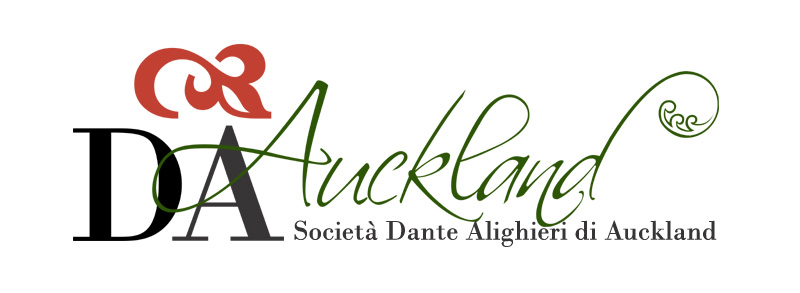Located just few kilometers from Venice, Padua is one of the liveliest cities of the Venetian area thanks to the various ad interesting aspects of its multifaced identity.
As far as tourism is concerned, the city has a huge historical and artistic heritage to offer. After 3000 years of history the visitor can enjoy many different atmospheres which arise from every little corner and alley, starting from the Roman area, to the more recent Prato della Valle, passing through the Medieval heart.
 In the very centre of the town it is possible to find the Roman Arena, surrounded by the so –called park which boasts the presence of the Eremitani Museum, full of Pre-Roman finds, the Eremitani Church and the famous Scrovegni Chapel, one most important works of European painting. People who enter this little masterpiece find themselves surrounded by an amazing cycle of frescoes painted by the Tuscan painter Giotto, which illustrate the life of Mary, Jesus and the Passion, ending with a striking vision of the Last Judgement.
In the very centre of the town it is possible to find the Roman Arena, surrounded by the so –called park which boasts the presence of the Eremitani Museum, full of Pre-Roman finds, the Eremitani Church and the famous Scrovegni Chapel, one most important works of European painting. People who enter this little masterpiece find themselves surrounded by an amazing cycle of frescoes painted by the Tuscan painter Giotto, which illustrate the life of Mary, Jesus and the Passion, ending with a striking vision of the Last Judgement.
The Palazzo della Ragione is another well known symbol of Padua, and offers medieval paintings and a great hanging hall which is one of the biggest in the world. In this palace we can find the Pietra del Vituperio, a stone made chair which worked as a punishment for people who were judged guilty for bankruptcy. They were literally deprived of everything they were wearing and forced to sit on that freezing chair for a long time.
 Padua is also an important destination for religious pilgrimages because of the presence of the Basilica of St Anthony, a sanctuary which holds the remains of St Anthony and calls millions of people every year. Close to the Basilica there is Prato della Valle, one of the biggest squares in Europe, which is a great gathering point for all those people who want to enjoy a relaxing break in a green spot right in the city centre. Otherwise, for those people who prefer a good coffee Caffe’ Pedrocchi offers the most ancient and luxurious location in town.
Padua is also an important destination for religious pilgrimages because of the presence of the Basilica of St Anthony, a sanctuary which holds the remains of St Anthony and calls millions of people every year. Close to the Basilica there is Prato della Valle, one of the biggest squares in Europe, which is a great gathering point for all those people who want to enjoy a relaxing break in a green spot right in the city centre. Otherwise, for those people who prefer a good coffee Caffe’ Pedrocchi offers the most ancient and luxurious location in town. The late afternoon is the moment when Padua completely changes and reveals itself as the most spirited town in the Veneto region. This is the moment when all the students who attend the University of Padua (the oldest University of Europe after Bologna) finish their lessons and go out to enjoy a good aperitivo with a typical pre-dinner drink called Spritz.
The late afternoon is the moment when Padua completely changes and reveals itself as the most spirited town in the Veneto region. This is the moment when all the students who attend the University of Padua (the oldest University of Europe after Bologna) finish their lessons and go out to enjoy a good aperitivo with a typical pre-dinner drink called Spritz.  In few hours the squares around palazzo della Ragione called Piazza delle Erbe and Piazza della Frutta are filled with people of all ages who keep hanging around for the whole evening, having a chat and a good drink under the suggestive Clocktower in Piazza dei Signori or all along the fascinating little streets of the Jewish Ghetto.
In few hours the squares around palazzo della Ragione called Piazza delle Erbe and Piazza della Frutta are filled with people of all ages who keep hanging around for the whole evening, having a chat and a good drink under the suggestive Clocktower in Piazza dei Signori or all along the fascinating little streets of the Jewish Ghetto.The most well known dish of the Paduan cooking tradition is the gallina padovana (Paduan hen), a particular kind of farmyard animal which is famous not just for its deliciousness but also for its funny appearances. Every restaurant in town will be able to prepare it in many different versions according to the customers’ tastes. It can be served with the cooked radicchio which is a renowned product of the southern part of the province.
A traditional Paduan meal may end either with the Dolce del Santo or with some Zaleti, typical biscuits made of cornmeal and raisins.
Source: Italian Government Tourist Office
















